How to open a locked door without a key
Table of contents
Opening a locked door without a key is something many people worry about at some point — whether it’s because you left keys inside, are helping a neighbor, or want to understand how to avoid being locked out in the future. This guide explains responsible, legal, and practical ways to open a locked door without a key, plus long-form coverage of modern alternatives that remove the need for keys entirely. It also highlights two advanced access products — the D2 Pro palm vein door lock and the D2 Plus fingerprint door lock — and explains how these devices help you avoid being stuck without a key in the first place. Wherever a technique could damage property or break the law, I’ll clearly warn you and recommend safer alternatives.
Note: This article assumes lawful intent. Trying to open a door without a key that you do not have permission to access is illegal in many places. If you’re in doubt, contact the property owner, building management, or a licensed locksmith.
Quick overview: realities and responsibilities
-
It’s possible to open many common residential doors without a key, but methods vary by lock type (deadbolt vs. spring latch), door construction, and whether you’re willing to risk damage.
-
Non-destructive options (call a locksmith, use alternatives like smart locks) are almost always preferable to destructive or risky techniques.
-
Modern smart locks — including products like TCL’s D2 Pro palm vein door lock and D2 Plus fingerprint door lock — can eliminate traditional keys and provide secure, convenient entry so you’re never stranded without a key.
How locks differ (why method matters)
Before attempting any method to open a locked door without a key, identify the lock type:
-
Spring latch (latch bolt) — common on interior doors and many exterior doors with knob/lever locks. The latch retracts when the knob or lever turns; it can sometimes be slipped open with thin tools (credit card method) if the strike plate and door gap allow it.
-
Deadbolt — often offers more resistance; the bolt extends fully into the door jamb and generally cannot be slipped with a card. Deadbolts usually require lock-picking skills, drilling, or locksmith tools.
-
Cylinder locks (pin tumbler) — common in single-cylinder deadbolts and knob locks; these are typically pickable by trained locksmiths and tools.
-
Electronic / smart locks — controlled by codes, biometrics, or apps. If set up correctly, smart locks prevent being locked out without a key, because they provide alternate authentication channels.
Knowing the kind of lock you face determines whether safe, non-destructive entry is realistic.
Non-destructive, recommended options (best first)
These are the least risky or damaging ways to get back in when you’re locked out without a key.
1. Check for alternate access
-
Do you have another door, window, or garage access that’s unlocked? Before doing anything risky, survey the property for safe entry points you’re authorized to use.
-
Do you have a spare key with a neighbor, friend, or in a lockbox? Planning ahead prevents lockouts.
2. Use your phone or smart device
-
If the door is fitted with a smart lock and you have remote access, use the app to unlock. Many installations allow temporary guest codes or remote unlock by the owner.
-
If a friend/family member with access is nearby, they can unlock remotely via app or provide a code.
3. Call building management or landlord
-
If you’re in an apartment or rented space, the building manager often has master keys or access procedures — call them before any other attempts.
4. Call a licensed locksmith
-
Professional locksmiths can typically open most locks without a key quickly and with minimal damage. They also rekey or replace locks if needed.
-
This is the safest legal option if you don’t have express permission to try self-entry methods or if you want non-destructive results.
Simple DIY methods (use carefully and only with permission)
If you own the property and want to try a do-it-yourself method, consider these, ordered roughly from least to most risky.
1. The credit-card (or plastic shim) method — only for spring-latch doors
This sometimes works on doors with a spring latch (not a deadbolt).
-
Slide a stiff plastic card (not a thin credit card that will break) between the door and the strike plate at the latch location.
-
Wiggle and push while manipulating the latch; the goal is to push the latch back enough to open the door.
-
This will not work on deadbolts and may damage the card or the door trim. If the latch is shielded by a heavy strike plate or the gap is small, it won’t work.
Warning: This technique can damage weather-stripping and is impractical on many exterior doors.
2. Remove the hinge pins — interior doors with exposed hinges
If the hinges are on the outside and accessible, removing hinge pins may allow the door to be lifted off.
-
Use a flat-head screwdriver and a hammer to tap the hinge pin upward and remove it.
-
Make sure you have permission and the right tools; modern doors often have non-removable pins for security.
3. Use a bump key or pick — requires skill
-
Bumping uses a specifically cut key and a sharp strike to momentarily align pins; it’s controversial because it can damage the lock and is illegal if used to access property unlawfully.
-
Lock picking can open many pin-tumbler locks without a key, but it takes practice and specialized tools. Only attempt if you legally own the lock and understand local laws.
4. Use sliding-door techniques for patio doors
-
Sliding doors often have simpler locks or can be lifted off track if the rollers are exposed. Be cautious — lifting incorrectly damages the door.
5. Remove a doorknob or lockset
-
Interior knob locks can often be removed with a screwdriver; once the knob is off you can retract the latch.
-
For exterior deadbolts, this is more complex and usually requires drilling or a locksmith.
Destructive methods (last resort; expect repair)
If you absolutely must gain entry and accept repair costs:
-
Drill the lock: Drill through the cylinder to destroy the pins, then turn the plug with a screwdriver. This destroys the lock and requires replacement.
-
Forceful entry: Using a pry bar or kick may break the door or frame — only for emergencies (e.g., life-safety situations).
-
Cutting the lock: Angle grinder or bolt cutters can remove padlocks or exposed hardware.
Destructive entry should be the last resort and only when life, safety, or urgent needs justify the damage.
Legal & ethical considerations
-
Opening a door without a key to enter property you do not own or have permission to access is unlawful in most jurisdictions.
-
Even if you’re the owner, forced entry on a rented unit could violate lease terms. Always document permission if you’re assisting someone else.
-
If you suspect a crime or emergency, call emergency services rather than attempting entry yourself.
How smart locks eliminate the “without a key” problem
Many modern locks were designed to solve the exact problem of being locked out without a key. Smart locks provide alternative, secure methods of authentication — codes, biometric verification, smartphone apps, and remote unlocking. With the right setup, you can avoid physical keys entirely and never be stranded.
Below I explain two specific products that exemplify this trend: the D2 Pro palm vein door lock and the D2 Plus fingerprint door lock. These systems reduce key-dependency and offer robust, user-friendly access methods.
The D2 Pro palm vein door lock — overview and benefits
D2 Pro palm vein door lock is a biometric access solution that uses palm vein recognition for authentication. Here’s what makes it a powerful option if you want to avoid being locked out without a key:
How palm vein recognition works
-
The system scans the unique pattern of veins in the user’s palm using near-infrared light. Vein patterns are internal, difficult to forge, and highly unique.
-
Because the biometric is inside the body, palm vein recognition has high anti-spoofing resistance compared to some surface biometrics.
Why this reduces key-dependency
-
With palm vein authentication, you don’t carry a physical key. As long as an authorized palm is present, the door can be opened without a key.
-
Multiple user profiles can be stored to allow family members or authorized personnel to enter without a key.
Typical features
-
Fast recognition (sub-second in many implementations), low false acceptance rates, and robust performance in varied lighting conditions.
-
Backup access methods (PIN, RFID, mobile app) for scenarios where biometric access is temporarily unavailable.
Practical considerations
-
Enrollment: Users must be enrolled (palm data captured) during setup.
-
Power and connectivity: Smart biometric locks like this require reliable power and sometimes network connectivity — plan for battery backup or emergency mechanical override options.
-
Privacy: Biometric storage should be encrypted and comply with local privacy laws.
D2 Pro type devices are particularly attractive for homeowners who value convenience and want to avoid being locked out without a key — because the “key” is your biology.
The D2 Plus fingerprint door lock — overview and benefits
D2 Plus fingerprint door lock is a fingerprint-based lock designed to make daily entry seamless and secure.
How fingerprint authentication works
-
The lock scans the ridges and valleys of a fingerprint and compares the captured template to stored templates.
-
Fingerprint systems are mature, fast, and widely used in consumer and enterprise products.
Advantages for avoiding lockouts
-
Like palm vein systems, fingerprint locks negate the need for a physical key; authorized fingerprints open the door without a key.
-
Fingerprint templates can be added or removed quickly, making guest access easy to manage.
Typical features
-
Multiple unlock methods: fingerprint, PIN code, mechanical key (as emergency backup), and sometimes smartphone/app unlock.
-
Rapid identification and convenient usage for daily routines.
Practical considerations
-
Fingerprint reliability can be affected by wet, dirty, or damaged fingers, so a secondary access method is often included.
-
Security and management: Administrator access and audit logs help manage who enters and when.
Together, the D2 Pro and D2 Plus represent two biometric approaches — palm vein and fingerprint — that help you avoid being locked without a key while improving security and convenience.
Step-by-step scenario: you’re locked out — practical flow
If you find yourself locked out without a key, follow this decision flow to choose the least risky option that will work.
-
Pause and assess — Are you the authorized occupant? Are there immediate safety concerns?
-
Check for alternatives — Spare keys, unlocked windows, garage entry, building staff.
-
Try remote access — If the lock is a smart device and you have an app or authorized user is available, request remote unlock.
-
Call building staff or landlord — Often the fastest non-destructive route.
-
Contact a locksmith — If staff aren’t available and alternative access fails, a professional locksmith is the safest technical choice.
-
Consider DIY only if owner and low-risk — Credit-card method for spring latch doors, removing knob, or hinge pin removal if appropriate.
-
Destructive measures only for emergencies — Drill or force entry if danger exists or immediate access is essential.
Preventing future lockouts — practical strategies
The best way to avoid the stress of being locked out without a key is prevention. Here are proven strategies.
1. Adopt biometric or smart locks
Invest in devices like the D2 Pro and D2 Plus which eliminate the need to carry keys. Benefits include:
-
Multiple authentication methods (biometric + PIN + app).
-
Temporary guest codes for visitors.
-
Remote access options via smartphone apps.
When you’re using a well-configured smart lock, you can open your door without a key reliably and securely.
2. Maintain a spare key plan
-
Entrust a spare with a nearby, reliable neighbor or friend.
-
Use a secured outdoor key safe (combination lockbox) — ideal for caregivers and short-term rentals.
3. Use secure mobile access
-
Configure lock apps and accounts with multi-factor authentication to prevent unauthorized remote unlocks.
-
Store backup access codes securely (password manager).
4. Routine evaluation and backups
-
Ensure biometric templates are up-to-date (if a user’s palm or fingerprint changes due to injury, re-enroll).
-
Keep mechanical override keys or a physical backup method in a secure, known place.
Comparing D2 Pro and D2 Plus: which prevents lockouts best?
Both the D2 Pro palm vein lock and the D2 Plus fingerprint lock are excellent at eliminating the need for keys. Which one is “better” depends on your priorities:
-
Security & anti-spoofing: Palm vein systems (D2 Pro) are often considered more resistant to spoofing because of internal vein patterns.
-
Speed & convenience: Fingerprint systems (D2 Plus) are extremely fast and familiar to users; they work well in everyday household settings.
-
Environmental robustness: Palm vein systems may be less affected by dirt or skin conditions; fingerprints can struggle with wet or damaged skin.
-
User experience: Both provide rapid access without a key, support multiple users, and typically include fallback options.
For many households, the choice comes down to user comfort with the biometric method and cost/feature set. Both models elevate convenience and reduce the chance of being stuck without a key.
Installation & emergency standby — best practices
When installing a biometric or smart lock to avoid being locked out without a key, follow these guidelines:
-
Professional installation — For optimal security and warranty support, use certified installers who ensure correct alignment and strike plate reinforcement.
-
Configure multiple access methods — Add at least two biometric users, a numeric PIN fallback, and a mechanical key override (kept securely).
-
Set up remote access and recovery — Link the lock to an account with secure credentials and set up emergency contacts who can remotely unlock when needed.
-
Battery and power planning — Keep spare batteries and understand the emergency power method (e.g., external USB port for temporary power).
-
Create an emergency entry plan — Note how to access mechanical overrides or spare keys if biometrics fail.
Following these practices means you’ll rarely — if ever — be stuck without a key.
Security trade-offs & myths
-
Myth: If it opens without a key, it’s insecure. Not always true. Well-implemented biometric and electronic systems can be more secure than a single physical key that can be copied.
-
Trade-off: convenience vs. dependency on power/networks. Some smart locks rely on batteries or connectivity; ensure fallback methods exist.
-
Myth: Biometric locks are easily fooled. High-quality systems (like palm vein) are designed with anti-spoofing measures. Choose reputable vendors and models.
Real-life examples and use cases
-
Family homes: D2 Plus can be great when regular household members want quick entry without fumbling for keys. Childcare providers benefit from code or fingerprint access.
-
High-security households: D2 Pro’s palm vein tech fits homes where anti-spoofing and higher biometric confidence are priorities.
-
Vacation rentals and property managers: Temporary codes and remote unlocking avoid physical key logistics and reduce lockout issues for guests.
Troubleshooting access when you have a biometric lock but can’t open (still “without a key”)
Even biometric systems can fail. If you cannot open the door without a key using a biometric lock:
-
Check battery level — Replace batteries promptly; low power often disables electronic unlocking.
-
Try alternative authentications — Use administrator PIN, mechanical key, or app.
-
Re-enroll template — If recognition fails for a user, re-enroll the fingerprint or palm.
-
Firmware and connectivity — Ensure the lock has current firmware and any required network connectivity is functioning.
-
Contact vendor support — For product-specific issues, contact the vendor for guided recovery steps.
Final summary: safe choices to open a locked door without a key
-
The safest and most responsible first steps when you’re locked out without a key are to check for alternate access, use remote or app-based unlocks, contact building management, or call a licensed locksmith.
-
DIY methods exist (credit-card shim, hinge pin removal, lock picking) but require permission, correct lock types, and acceptance of potential damage.
-
Destructive measures (drilling, forced entry) are last-resort emergency options and incur repair costs.
-
The real long-term fix is to reduce dependence on physical keys: adopt smart and biometric locks such as the D2 Pro palm vein door lock or the D2 Plus fingerprint door lock. These devices provide reliable entry methods that let you open your door without a key, improve convenience, and enhance security when implemented properly.
-
Always choose ethical, legal routes. Unauthorized entry is a serious offense.
Quick checklist: what to do when you’re locked out without a key
-
Verify you have legal access.
-
Look for spare keys, other entries, or remote unlock options.
-
Call building staff or a locksmith.
-
Only try DIY non-destructive methods if you own the property and know what you’re doing.
-
If emergencies exist (fire, medical), call emergency services.
-
Prevent future lockouts: install biometric/smart locks (consider D2 Pro or D2 Plus), give spares to trusted parties, and maintain backup access plans.


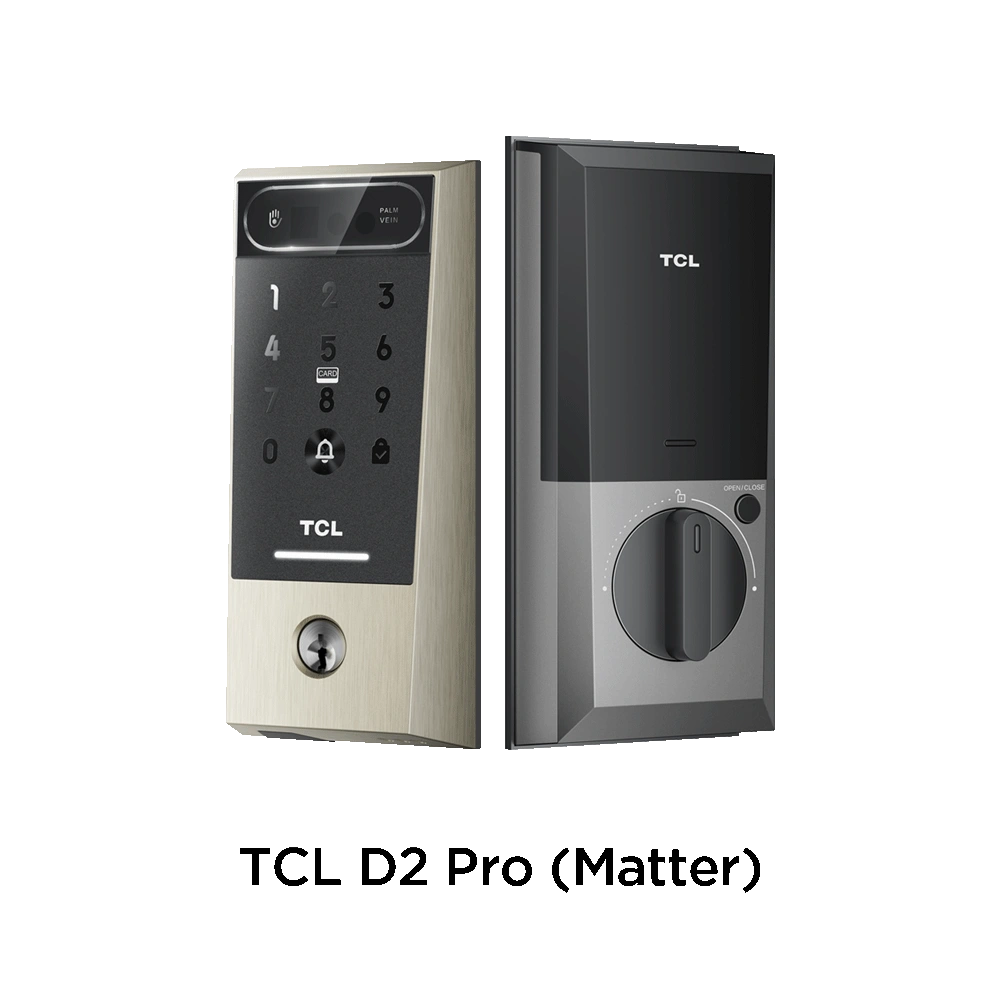
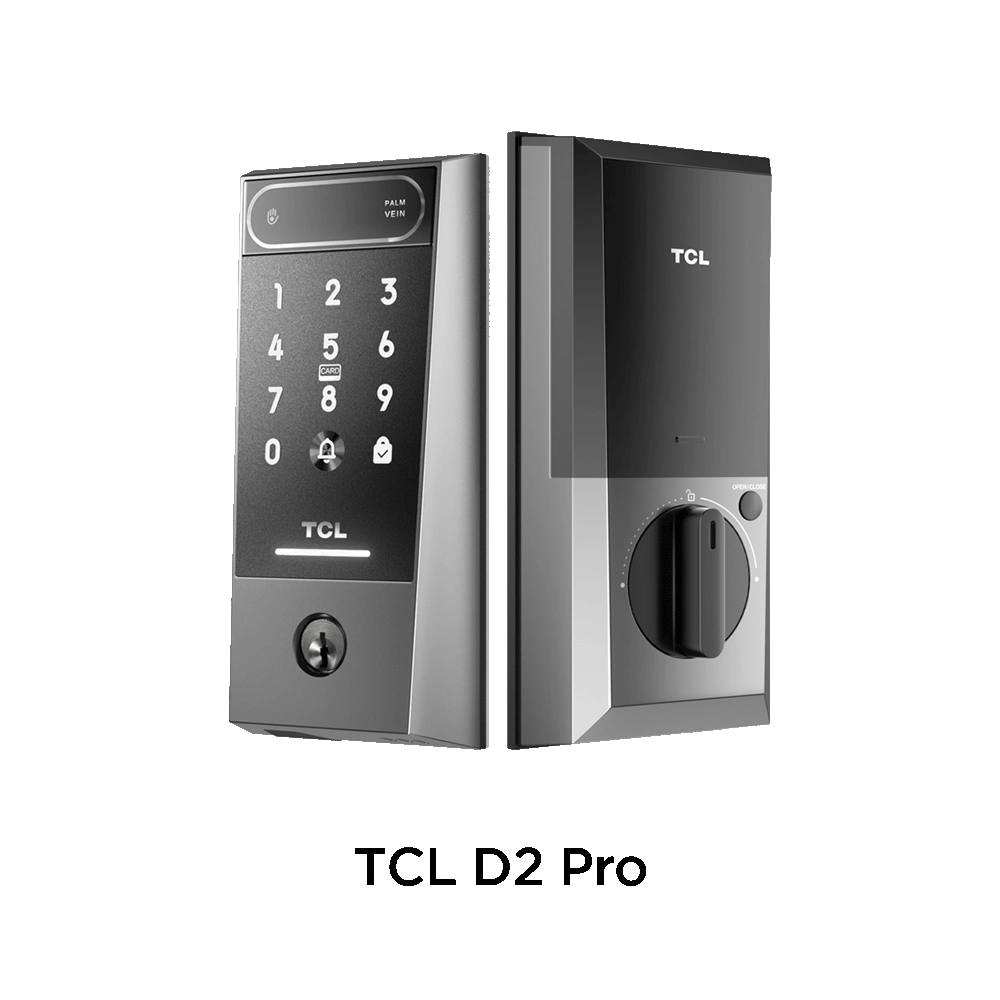
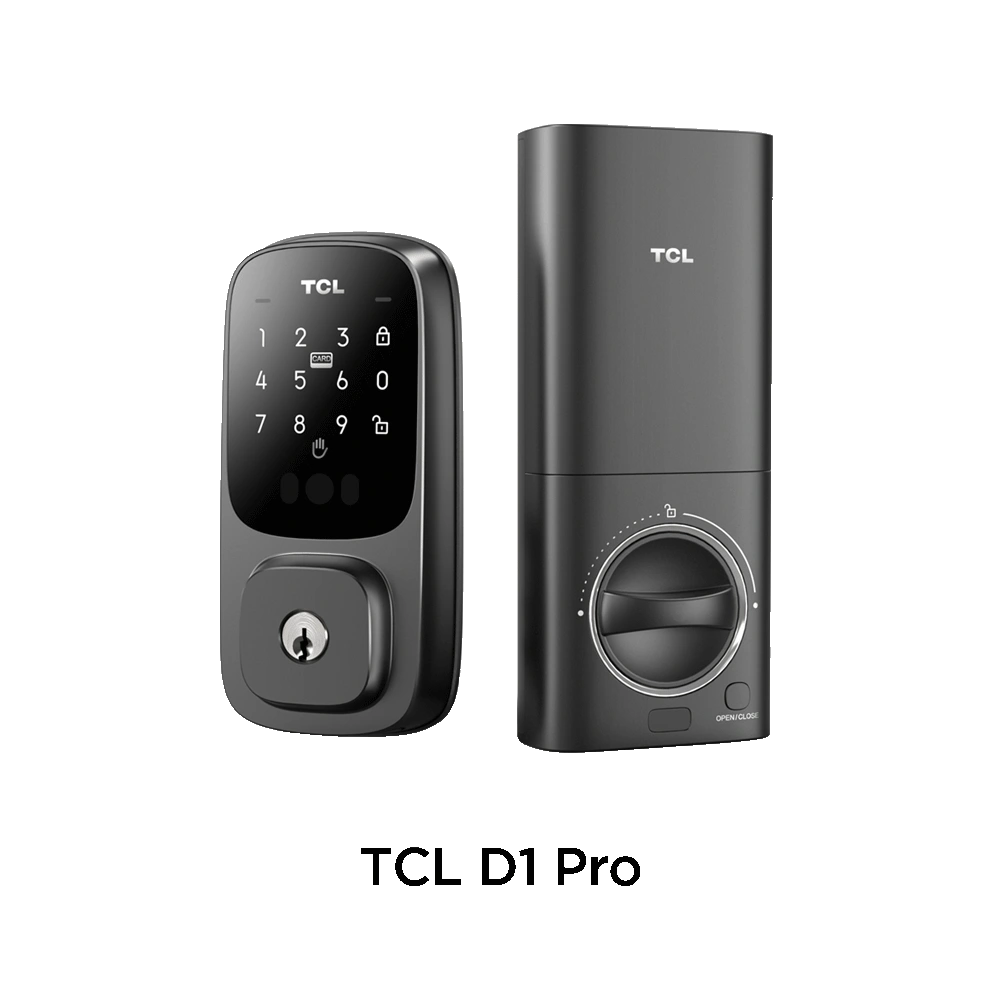
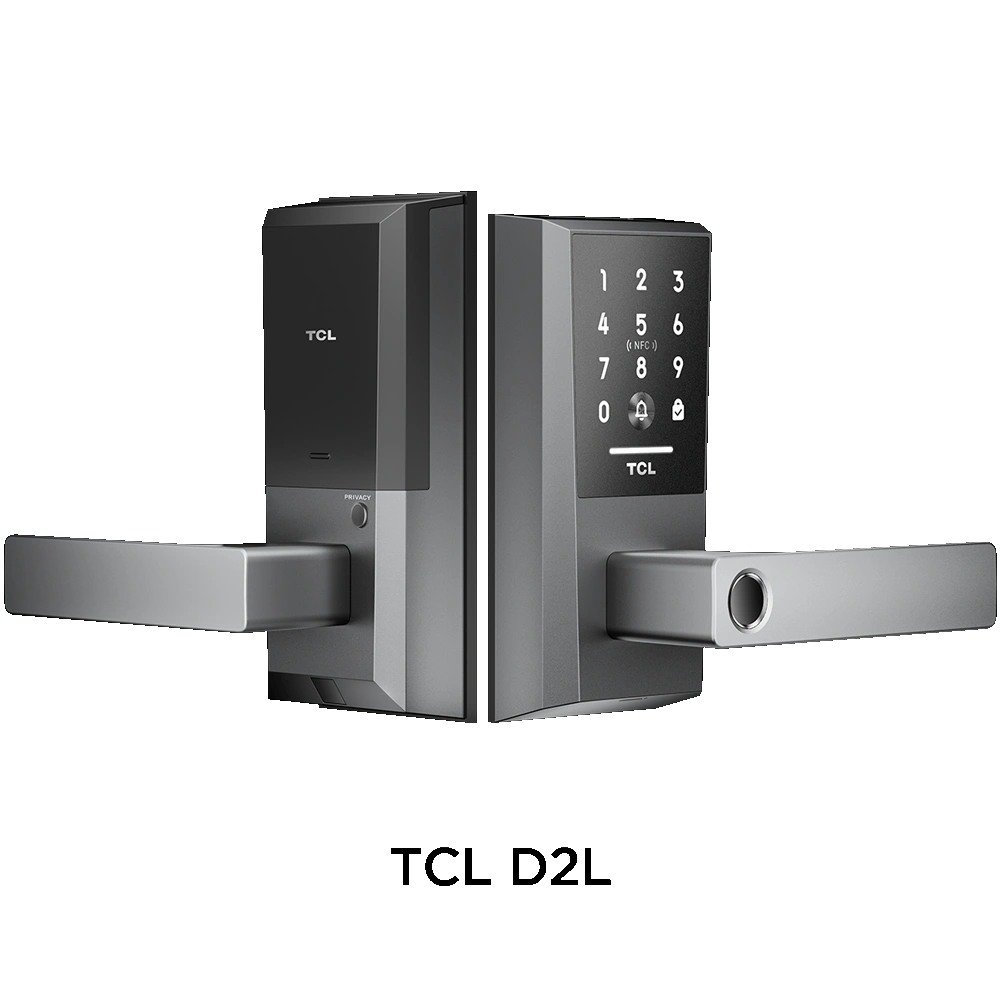
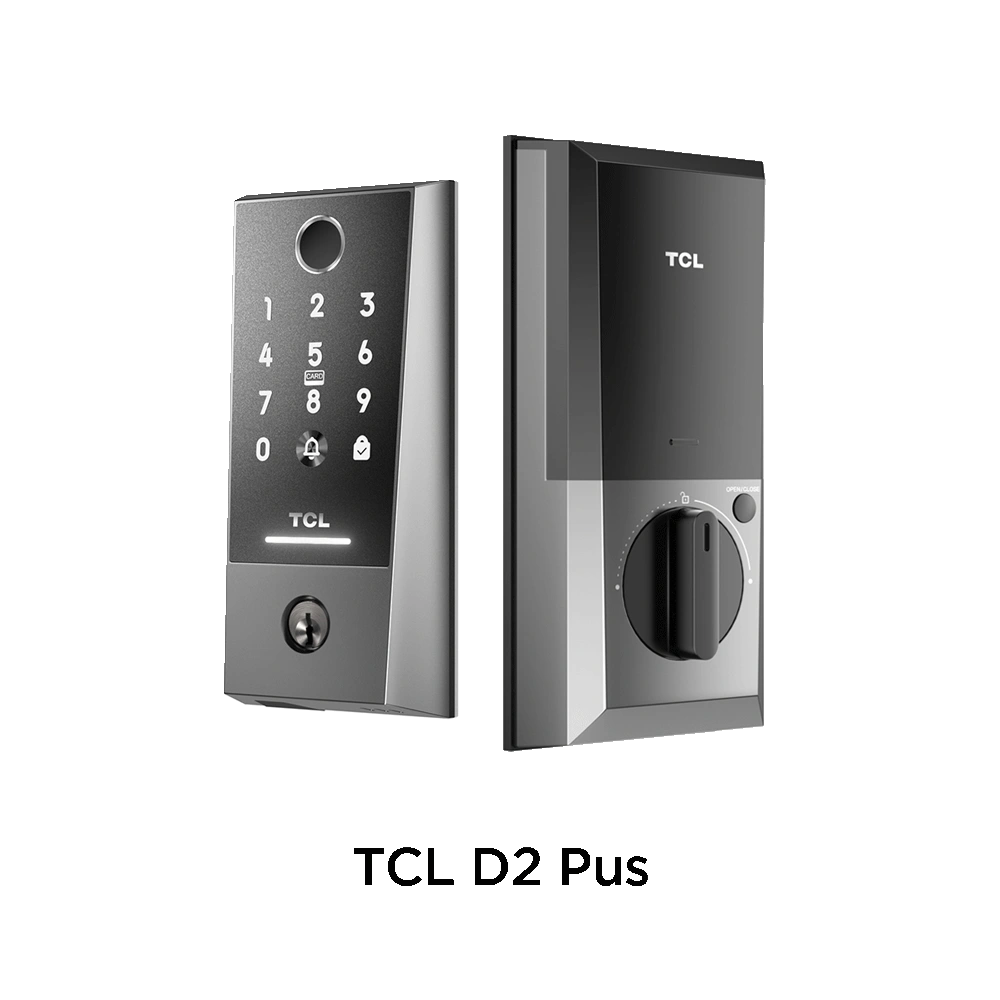
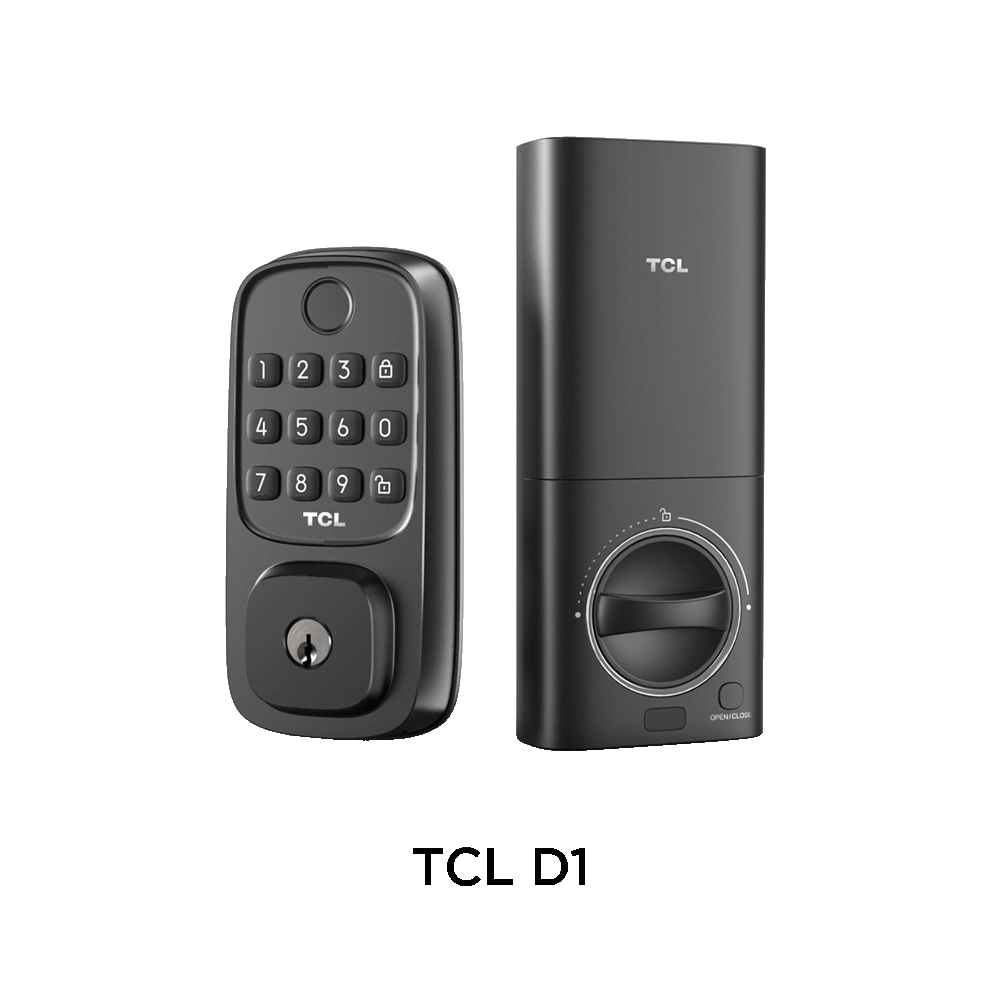
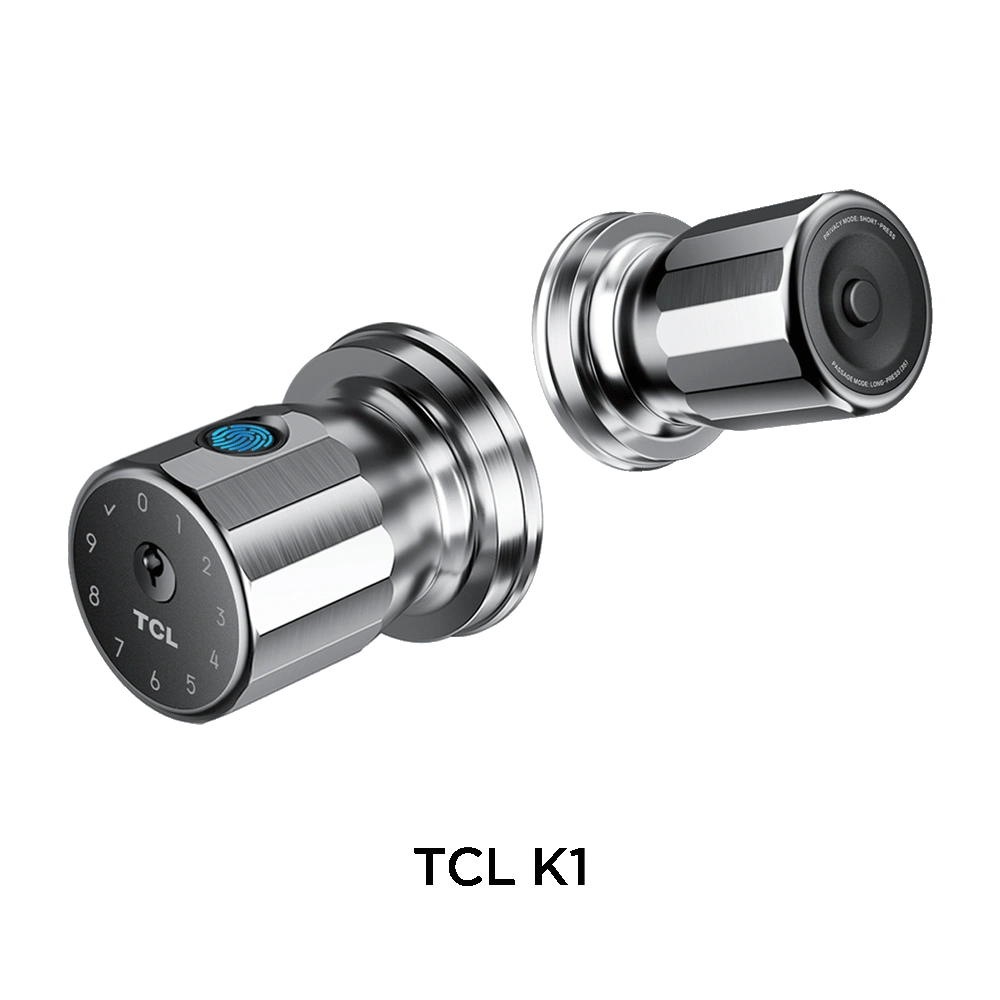
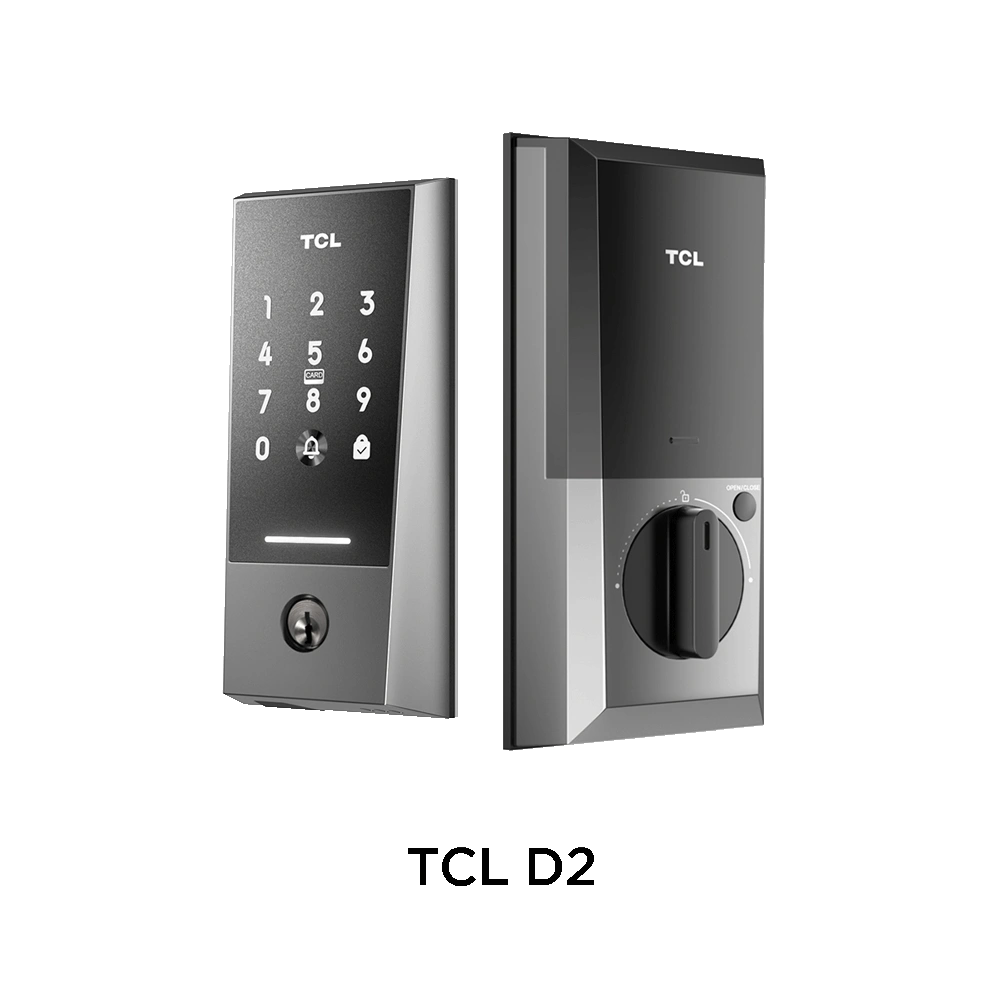

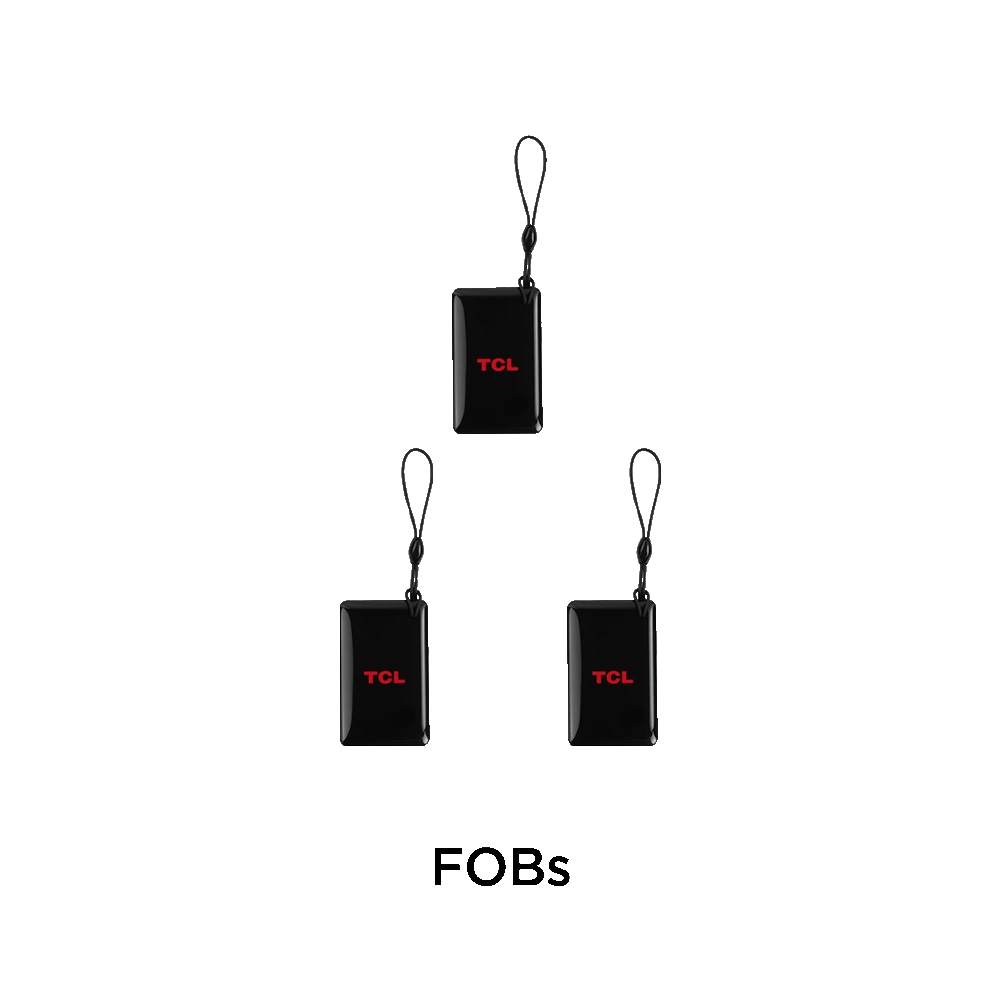
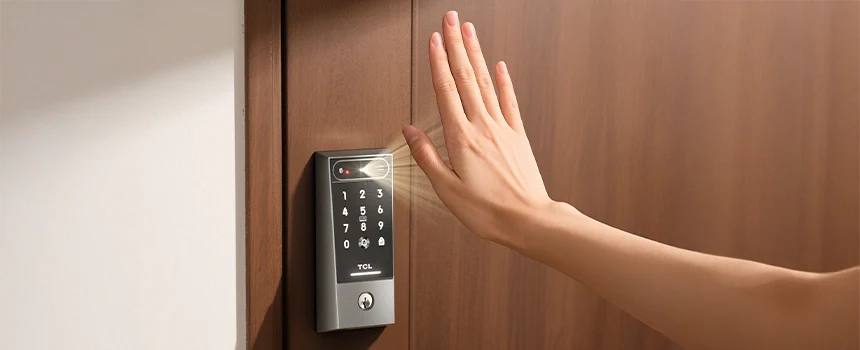

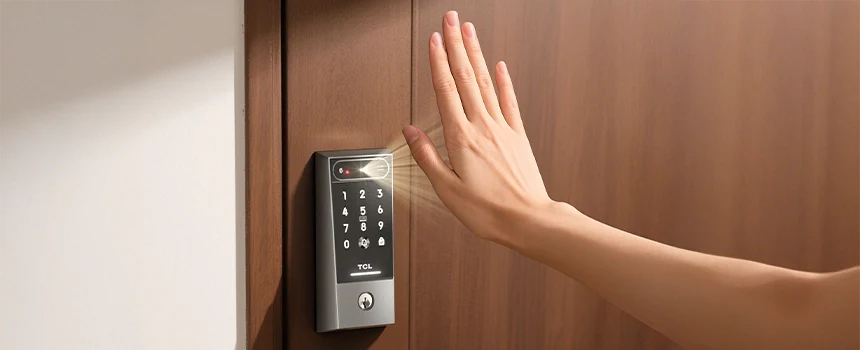




Leave a comment
This site is protected by hCaptcha and the hCaptcha Privacy Policy and Terms of Service apply.